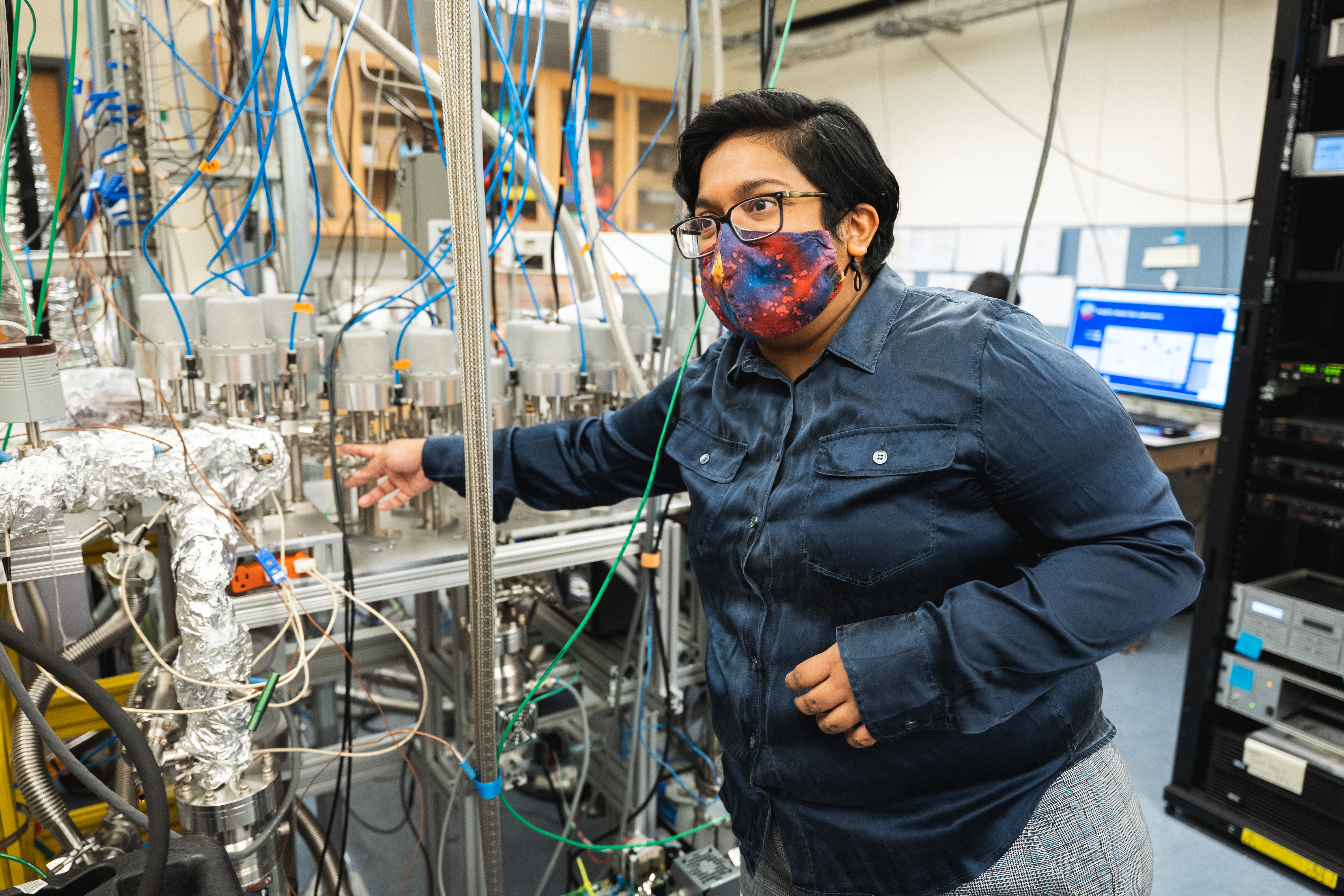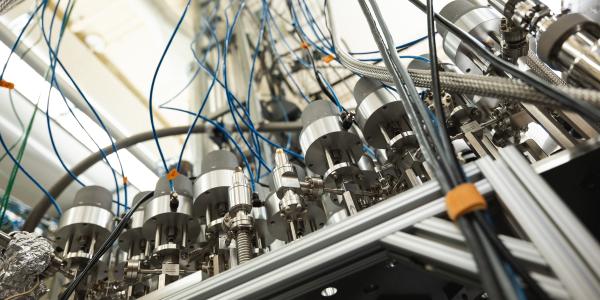Rita Parai, assistant professor in the Department of Earth and Planetary Sciences, won a $720,899 CAREER Award from the National Science Foundation for her project “Heavy Noble Gases in the Azores Archipelago.”

Parai’s research focuses on heavy noble gases – neon, argon, krypton, and xenon – as unique and powerful tracers for the origins and movement of volatile elements and compounds among planetary reservoirs over time. These volatiles include essential ingredients for life on Earth, such as carbon, nitrogen, and water, and their changing distributions between the deep Earth and the surface of the planet have implications for Earth’s past and future habitability.
Parai’s NSF-funded project will leverage new techniques to measure heavy noble gases in ocean island basalts from the Azores archipelago, which will shed light on how the mantle plume sampled at the Azores acquired and lost volatiles over Earth history and advance scientists’ understanding of mantle plume volatile signatures.
“For decades, investigations of mantle plume noble gas samples have been limited to a small number of unusually gas-rich samples, things that erupted in weird settings that prohibited gas loss, like under a glacier, or underwater as part of a rift,” Parai said.
By harnessing new analytical capabilities established in her lab here at WashU, Parai will be able to measure tiny amounts of gas squeezed from massive quantities of gas-poor minerals, enabling innovative research on ocean island geochemistry.
“There are so many stories we could investigate if we could open up the field to the more typical gas-poor samples people have collected at ocean islands and studied for other isotope systems,” Parai said. “Are there different volatile origins from accretion, or early formed isotopic signatures for different plumes? Have different plumes experienced different amounts of degassing over Earth history, or incorporated different amounts of recycled atmospheric gas? This work is a step toward finding answers to these questions.”
For the educational component of her NSF CAREER effort, Parai is developing an updated curriculum for radiogenic isotope geochemistry, a subfield of geology that measures variations in isotopic abundances of radioactive elements to gain insights into the origin and evolution of rocks and other structures.
“Radiogenic isotope geochemistry has been taught for ages in a kind of compartmentalized way that treats a certain set of isotope systems as ‘traditional’ and everything else as ‘special topics’ covered at the end of the semester,” Parai explained. “That gives students the idea that some systems are harder to understand or exceptions that they don't need to think about.”
Parai’s new curriculum will present different isotope systems in a uniform framework and highlight geochemistry’s power in studying how planets form and evolve. By sharing her approach with faculty who teach undergraduate geochemistry, petrology, and introductory geoscience, Parai aims to broaden the pool of students who pursue advanced study of the geochemistry of the deep Earth.


